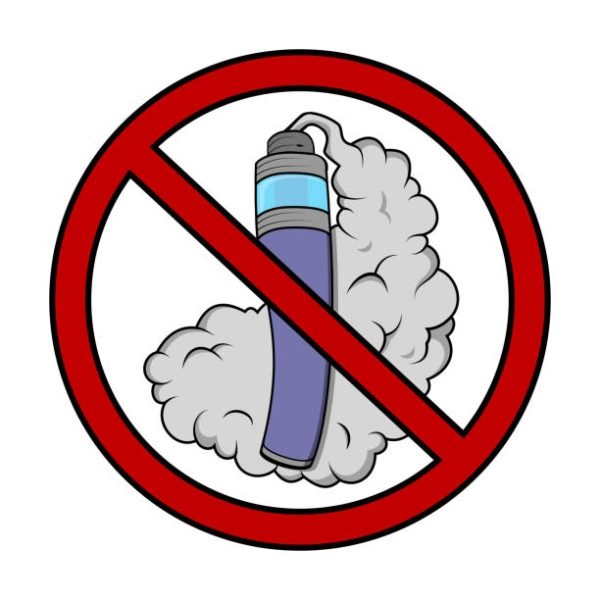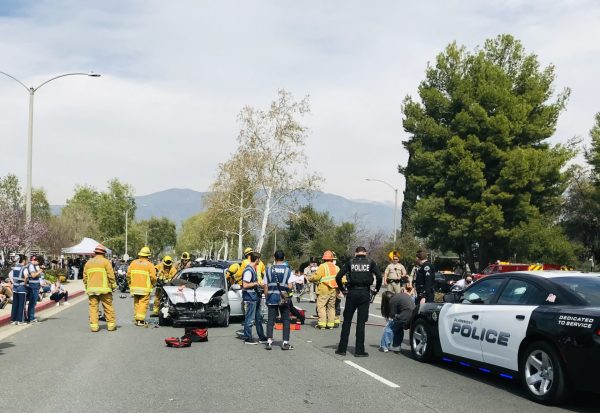Drugs permeate the quads: an investigation into Claremont’s substance epidemic
Drugs like marijuana, cocaine, and fentanyl permeate the populace of teens around the country. Claremont is no stranger to the epidemic of substance abuse, as it has reached the heart of the student population in its public high school. Amongst the students, drug use is no secret as peers discuss where and when they obtained their substances with each other quite openly. It has almost become rather normalized for students to try drugs. Drug Abuse Statistics states that 314,000 or 10.37% of 12- to 17-year-old Californians report using drugs in the last month. This is a rather staggering statistic to most as it suggests that friends, peers, and acquaintances are suspects of dabbling in these illegal substances. For those aged 21 and up, some drugs like marijuana are legal, but in cases like this where the student body is 18 and younger, many are left wondering who can help and what can be done to combat illegal drug use among these underage students.
In 1983, the program DARE was founded jointly with the LA County School District and the LA Police Department in hopes to quell the surging use of drugs by adolescents. The program’s main method of deterring students from drug use was carried out by police officers lecturing on and preaching the message that students can “just say no” to drugs. This has proven to be a rather ineffective method of discouragement as there have been no statistically significant changes made toward drug use and the program has made no measurable positive outcome. In Claremont, DARE teaches elementary schoolers about drugs through Red Ribbon Week. Without an anti-drug combative program for Claremont High School, students are left to their own devices. This lack of enforcement by Claremont High School is seen apathetically by some. An anonymous Claremont High School student believes it to be a fruitless endeavor in persuading adolescents against drug use.

“Honestly, there is not much the school could do to prevent drug use, as kids are going to do what they want and find a way around anything,” the student said. “Strict enforcement only makes kids sneaky.”
In nearly every bathroom at Claremont High School, the smell of marijuana is sometimes wildly apparent. Wafting from outside, even if you walk past the door one is guaranteed to catch a sniff. Students cram into stalls and against walls, forming circles to smoke before and after every period. This culture, based around smoking in the early morning or middle of the day, has permeated every facet of high school life. The aforementioned anonymous student at Claremont High School also knows the alluring factor of drug use at school and just how easy it is to get roped in.
“I was first introduced to drugs and alcohol through people I saw doing them at school,” the student said. “Some of them were not necessarily my friends, but they did not mind sharing with me.”
The fear of many is that Claremont High School’s students place themselves on a precarious and steep slope as they try more and more drugs. Typically, students wish to experiment outside of marijuana or alcohol and seek something with a little more “kick” to it, like opioids or pills. Fentanyl is a powerful synthetic opioid, similar to morphine, but 50 to 100 times more potent than its counterpart. Fentanyl can come as a prescription drug, found in Actiq, Duragesic, and Sublimaze, but it is commonly produced illegally, which is oftentimes the case when adolescents get their hands on it. Even though it is dangerous and responsible for the deaths of many teens, it is spread widely by drug dealers on social media.
The fentanyl being put into circulation comes in the form of a colored pill that is nearly identical compared to real prescription drugs, like oxycodone (Oxycontin, Percocet). These fake fentanyl pills, also known as ‘fenta-pills’ by some agencies, are some of the most threatening substances to teens to date. Claremont High School students have suffered the unfortunate consequences of this fentanyl epidemic, and those personally affected bolster very strong opinions. The same anonymous student weighs in on the conversation.
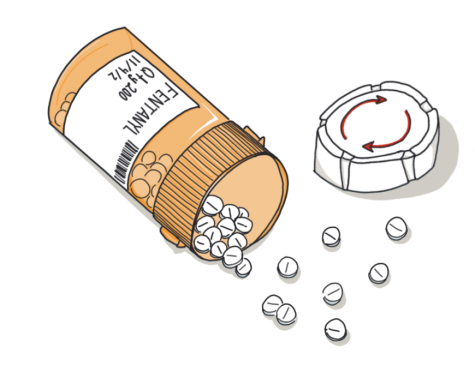
“People are so consumed with the idea of making money on fentanyl that they do not care that their actions can cost lives,” the student said. “It has affected many people around me and high schoolers are dealing with loss that we should never have to go through at such a young age.”
Claremont High School has attempted to reach students to discuss the fentanyl crisis by holding a specialized homeroom class on October 27th, which consisted of a showcase of videos speaking on the dangers of the ‘fenta-pill,’ as well as a Kahoot with questions based around statistics on fentanyl use and teen drug abuse.
The U.S. currently finds itself navigating through the treacherous territory of the opioid crisis, and looks to better the future for teens and put an end to the unfortunate overdoses. As Claremont High School students go about their lives, it is hoped that they stay safe and go about their business with the utmost caution.
Out of 64 student votes on the Wolfpacket’s Instagram poll, 78 percent of the votes indicate an overall negative response towards the homeroom focused on fentanyl. Students responded by elaborating on their votes.
The homeroom curriculum is decided by the homeroom committee of Claremont High School. They work to decide what will be taught each week, with sometimes help from outside sources. Jeremy Troesh, a counselor at Claremont High School, taught a homeroom period that week to a special-education class. Troesh noted that the Kahoot was helpful in drawing students’ attention back to the topic at hand for his class, but is unsure of its use to cover such a heavy topic.
“There are different groups of students at different levels of exposure to this sort of thing, so when addressing everybody, it (Kahoot) might not have been the right decision to make,” said Troesh.
Troesh encourages students who are struggling with something fentanyl-related or know someone who is struggling to have one-on-one conversations with someone they trust.
“Maybe it needs to be less of ‘hey let us make sure they know everything’ to ‘hey let us encourage people to talk about it outside of this massive group setting,” said Troesh.
As Claremont High School grapples with drug abuse and deaths in its student population and the surging fentanyl crisis, it is important to note that there is a learning curve and it takes time to get these things ironed out when discussing such a weighted topic. Despite this, it is crucial now more than ever that conversations and empathy around drug abuse are present on campus.
Hello there! Our goal is to provide relavent, engaging journalism for readers of all ages. Your donation will support the student journalists of the Wolfpacket at Claremont High School, and will allow us to purchase equipment, print our monthly issues, and enter in journalism competitions. We appreciate your consideration!
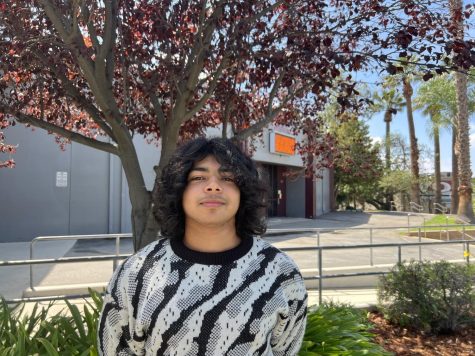
Lorenzo is a Senior at Claremont Highschool and a reporter for the Wolfpacket. Their current favorite musical artists include Youngboy Never Broke Again,...
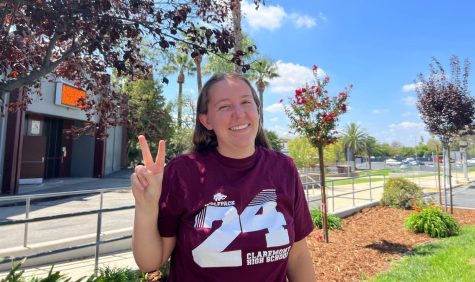
Jocelyn Hannan is a Junior and a reporter for the Wolfpacket. She loves to watch movies like Harry Potter, Marvel, Star Wars, and even Jordan Peele and...










